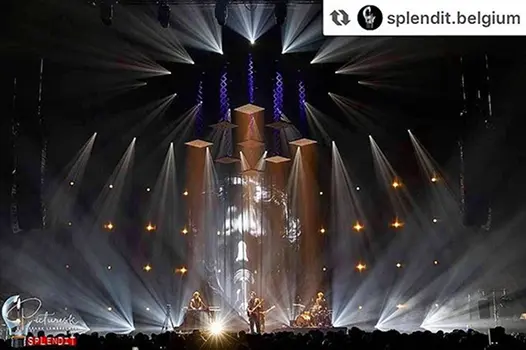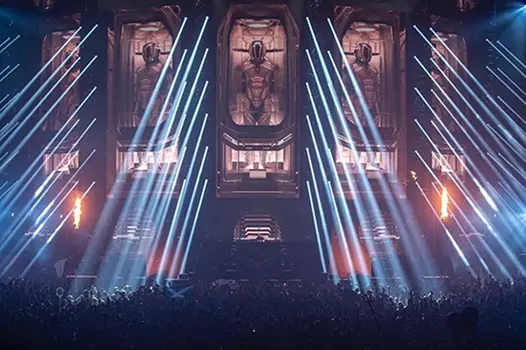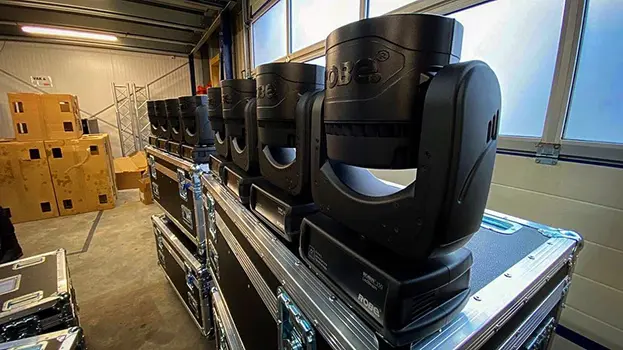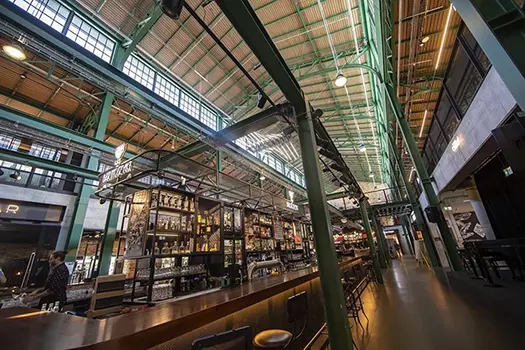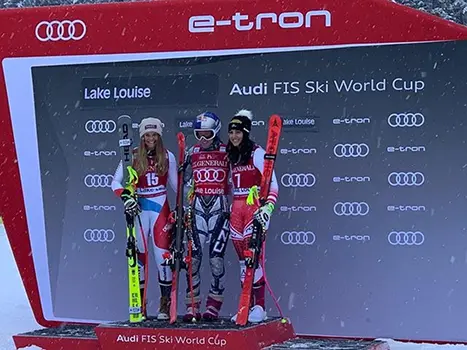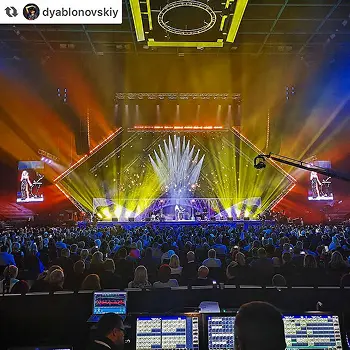GERMANY / GERMAN
Kontakt
Hauptsitz
Niederlassungen
Business Development
Benutzer-Login
Germany / DE
Anwendungsbereiche
29.5.2020
Robe for Melodifestivalen 2020
Beteiligte Produkte
For the first time in its 64-year history, the 2020 Eurovision Song Contest (ESC) due to be staged in May in Rotterdam, the Netherlands, was cancelled due to the coronavirus pandemic, and all 41 qualifying countries have been invited back – same time and place – in 2021 with the same artists … who will be singing different songs!
Vorheriges
Nächstes
Navigation
Support
Folgen Sie uns
Bleiben Sie in Kontakt
Navigation
Support
Folgen Sie uns
Facebook: Robe lightingFacebook: Robe - Licht & LeuteInstagram: @robelightingInstagram: @robedeutschlandTwitter: Robe lightingLinkedIn: Robe lighting s.r.oLinkedIn: Robe Deutschland GmbHPinterest: Robe lightingVimeo: Robe lightingVimeo: Robe DeutschlandYouTube: RobeLightingTubeYouTube: Robe DeutschlandTikTok: @robelighting
Bleiben Sie in Kontakt
Newsletter Robe InternationalNewsletter Robe DeutschlandPresseverteiler Robe Deutschland
All rights reserved. Created by Appio










